Edamame Scare
Got a couple of scares in the garden this season. No, not some woodchuck making its way past the dogs and then through some openings in the fences to chomp down a row of peas (which look especially vibrant this year, thank you). And no late frost that wiped out my carefully tended tomato transplants.
The first scare came last week as I looked down on the bed where I had planted edamame a couple of weeks previously. No green showed in the bed, a stark contrast to the nearby bed planted at the same time with snap beans, the small plants enjoying the warm sunshine and neatly lined up four inches apart in two rows down the bed.
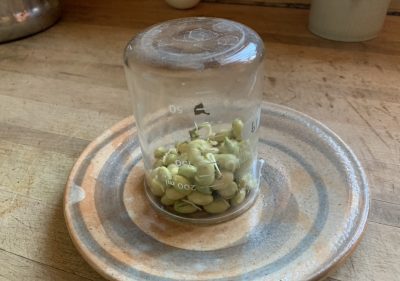
Testing edamame seeds
Scratching gingerly into the soil of the edamame bed did not reveal any seeds germinating but not yet above ground. In fact, I couldn’t find any seeds at all! Had I opened furrows and forgotten to plant seeds in them before covering the furrow? Doubtful, especially since I had planted another bed, still barren, in the other vegetable garden at the same time. Had a mouse or some other animal cruised underground enjoying a snack every four inches down the row? That would be a very thorough rodent. Plus, he or she would have left a tunnel.
Had the seeds rotted? Possibly, but that would be very quick for them to so thoroughly disappear. Had the seeds been old, which would make them more prone to rotting? I do save my own edamame seed every year, the variety Shirofumi, so that is a possibility. Except that I planted last year’s seed.
The mystery still exists but there was still time for action. I had additional Shirofumi seed left. Rather than just plant it, I’d test its germination, which I did by sprouting the seeds indoors. After an overnight soak in a beaker, I poured off the water and then rinsed the seeds twice daily. As it turned out seed from 2018 and 2015 didn’t germinate at all.
Last year’s seed germinated very well, and I planted them while their root sprouts were still very short. One week later, the plants have emerged. But the mystery still exists.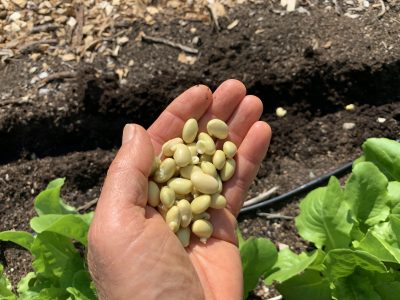
What If?
The second scare of the season is seed-related but hypothetical. What if seeds are unavailable next year, or any year? Or, at least, seeds of some of the varieties I want to grow.
This fear is not all that hypothetical. This spring, because of the surge in interest in gardening, seeds were harder to get.
And in years past, seeds of some of my favorite varieties of vegetables became difficult to find. Sweet Italia pepper, for instance, which I consider the best as far as flavor and early ripening for colder climates. My recourse has been to save my own seeds of these varieties for many years. In addition to Sweet Italia, I also save seed of Pink Pearl and Pennsylvania Dutch Butter popcorn, Otto File polenta corn, and, as mentioned above, Shirofumi edemame.

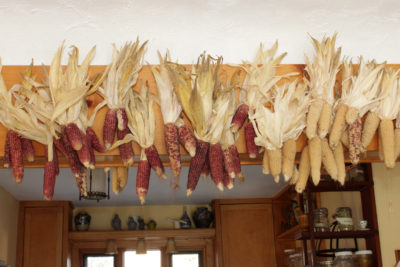
This season, the plan is to save seed of more vegetables.
A few guidelines will make seed-saving a success. First, I won’t save seed from “F-1 hybrids;” they are produced with selected, different parents, so the saved seed will not yield the same variety as the seed that is saved.
Selecting seeds from too few individuals can result in inbreeding depression, or generally weaker plants. So my second guideline is to save a few seeds from a lot of plants, then combine them to put more genetic diversity into the seed packet packet. Saving seed from more than one plant also provides insurance just in case a seed plant dies.
Some vegetable plants — corn, onions, and the cabbage family, for example — are especially prone to inbreeding depression. Saving seeds from Otto File and my popcorns is especially easy since the seeds are dry and mature when ready to eat or save. When I twist the kernels off an ear for eating, I just take out a few to add to my growing seed packet of that particular variety.

Arugula (Cabbage family) flower and seedpod
A third consideration in saving seed is keeping the seed true to variety. Varieties of sweet corn readily cross-pollinate. Again, it is corn, onions, and the cabbage family that are among the common vegetables that readily cross pollinate. So I grow popcorn in one vegetable garden and sweet corn in the other, and Otto File corn out in my meadow between dwarf apple trees. If my Golden Bantam sweet corn were to grow too close to my Pink Pearl Popcorn, the resulting seeds will grow into plants yielding kernels that were less sweet or less poppable.
Although squashes have separate female and male flowers on the same plant, which would make them prone to cross-pollination, that’s no problem here.  I grow only Sweet Mama and Waltham winter squashes. The first variety is botanically Cucumbita maxima and the second is C. moschata; the two species do not cross-pollinate.
I grow only Sweet Mama and Waltham winter squashes. The first variety is botanically Cucumbita maxima and the second is C. moschata; the two species do not cross-pollinate.
Plants that can self-pollinate, such as tomatoes, peppers, beans, and peas, could be contaminated by pollen from other, nearby varieties.  Distance between varieties can prevent cross-pollination. So can fine mesh bags. I plan to use small organza bags normally sold for wedding favors.
Distance between varieties can prevent cross-pollination. So can fine mesh bags. I plan to use small organza bags normally sold for wedding favors.
And finally, good storage, meaning dry and cool or cold conditions, makes sure seeds germinate well. Which my edamame did not. Hmmm.
(For more depth in seed saving, see the excellent and thorough book Seed to Seed: Seed Saving and Growing Techniques for Vegetable Gardeners by Suzanne Ashworth.)


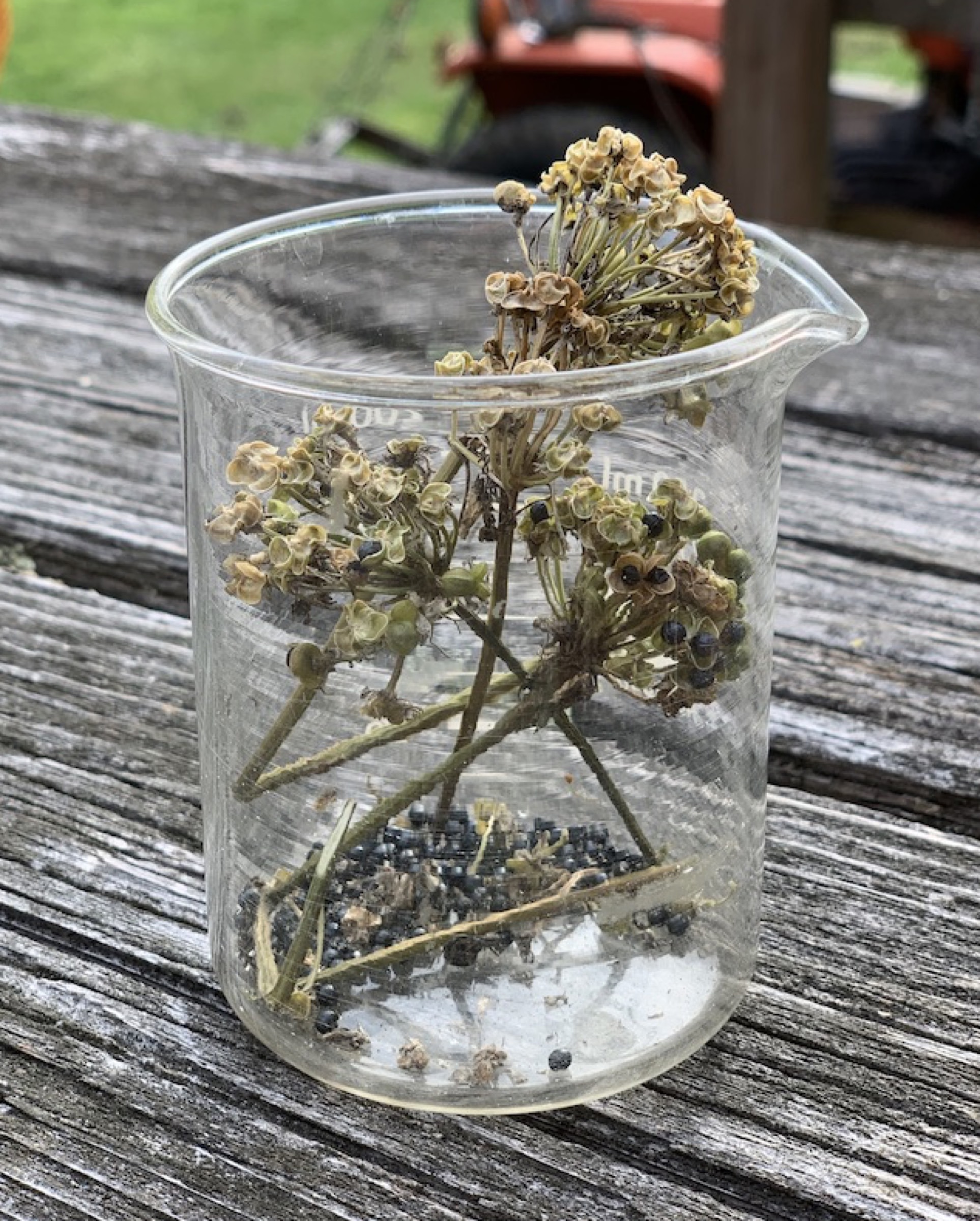
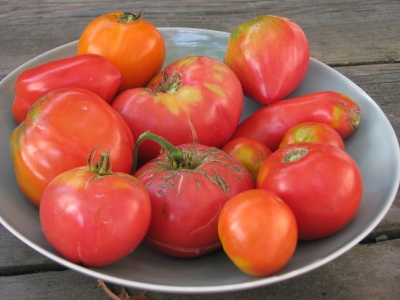






 I grow only Sweet Mama and Waltham winter squashes. The first variety is botanically Cucumbita maxima and the second is C. moschata; the two species do not cross-pollinate.
I grow only Sweet Mama and Waltham winter squashes. The first variety is botanically Cucumbita maxima and the second is C. moschata; the two species do not cross-pollinate. Distance between varieties can prevent cross-pollination. So can fine mesh bags. I plan to use small organza bags normally sold for wedding favors.
Distance between varieties can prevent cross-pollination. So can fine mesh bags. I plan to use small organza bags normally sold for wedding favors.